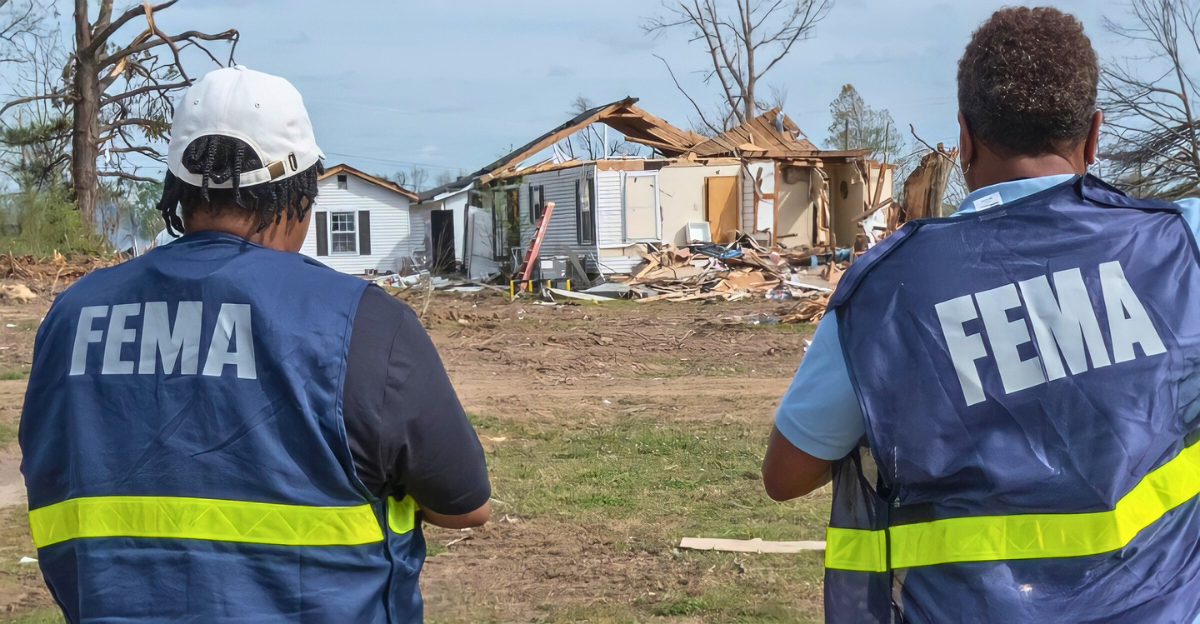
Twenty years after Hurricane Katrina, big changes at FEMA are in danger. The Trump administration wants to overhaul disaster relief rules, replace experts with new leadership, and shift the agency’s operations.
People who remember Katrina warn that undoing these reforms could put families at risk. The story of FEMA’s reforms is about more than government policy, it’s about learning from past mistakes to protect lives, homes, and entire communities in a dangerous world.
Historic Turning Point

After Hurricane Katrina devastated New Orleans in 2005, the U.S. government faced intense criticism for its disastrous emergency response. In response, Congress passed tough new laws that transformed FEMA and insisted its leader have disaster management expertise.
As former FEMA chief Craig Fugate said, “The person in charge of FEMA must have relevant experience in emergency management.” These reforms also gave FEMA power to send rescue teams and aid even before a state requested help.
Katrina’s Legacy

Hurricane Katrina’s legacy shaped a new FEMA and emergency management era nationwide. In 2005, when Katrina struck New Orleans, levees broke and the city was flooded, leaving 80% of New Orleans underwater and killing nearly 1,400 people. The devastating government response revealed deep problems.
Now, FEMA has become quicker and smarter, sending teams out before disasters hit and saving more lives. Experts say, “This renewed focus represented a sea change in American emergency management.” Each anniversary, survivors talk about why reform matters and what’s at stake today.
Reversing the Gains

President Trump and Secretary Kristi Noem say states should run disaster responses. Washington’s new approach proposes limiting the number of federal disaster declarations, reducing the share of federal money for recovery, and cutting back on grants meant to prevent future damage.
President Trump even floated “phasing out” FEMA after hurricane season, which would place billions of dollars of financial pressure on state and local governments. “States will need both short- and long-term strategies to ensure communities can recover from storms and reduce losses from natural hazards,” warn policymakers.
The Reform Rollback

Shortly after returning to office, President Trump floated plans to “get rid of FEMA,” or at least scale back its role, arguing that disaster management should shift from the federal government to states and local governments.
This transition began with deep staff cuts. About one-third of FEMA’s workforce left through firings and buyouts, making the agency much smaller and reducing its ability to respond quickly and efficiently to emergencies. Homeland Security Secretary Kristi Noem echoed these sentiments, saying, “FEMA as it exists today needs to be eliminated.”
Human Toll
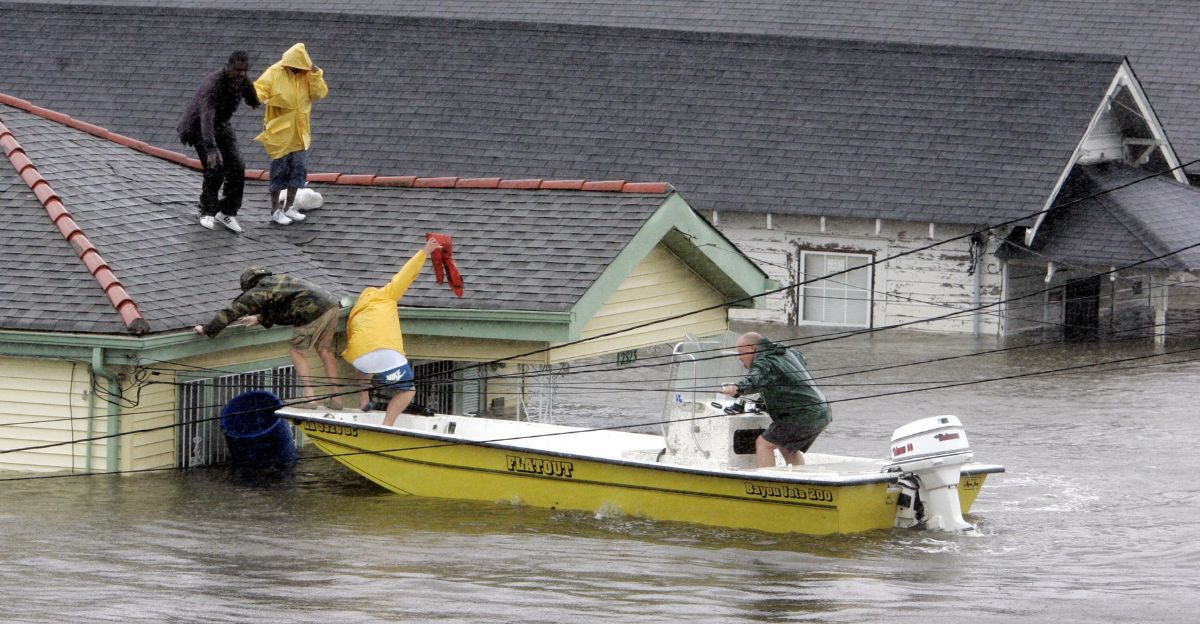
FEMA workers have warned Congress that cutbacks could mean dangerous delays when disaster strikes. Their letters and social media say inexperienced leaders slow real-time responses. Many experienced staff are quitting, leaving FEMA less prepared for the next big storm.
States Bear the Cost
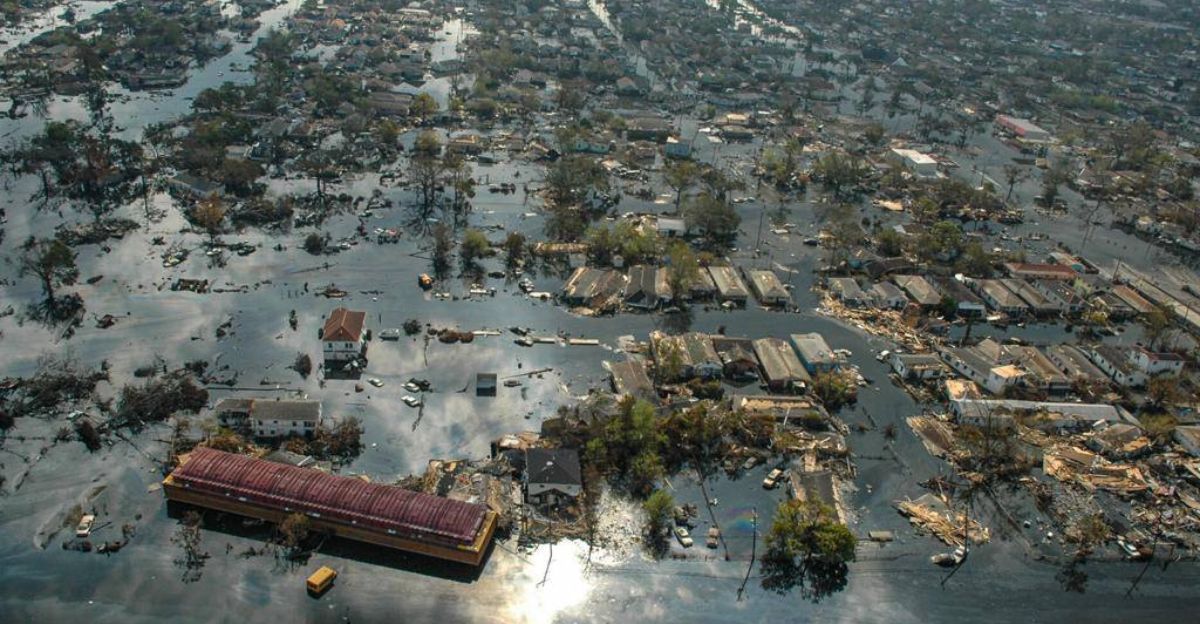
As federal disaster aid shrinks, states are being asked to manage much more of the recovery after catastrophes, but many lack the financial muscle needed to handle large-scale emergencies. For example, in 2019, out of the 31 states that received federal disaster response funds, only five had enough money set aside in their budgets to cover major disasters on their own.
States like North Carolina and Louisiana, which are often hit by hurricanes, would have faced budget shortfalls of tens or hundreds of millions of dollars without FEMA aid. Budget officers and FEMA critics also point to the pressure this puts on state and local budgets, especially when “the federal government would declare fewer major disasters, contribute less money to disaster recovery, and limit federal spending on hazard mitigation programs that aim to reduce future disaster losses”.
Ripple Effects for Communities

Millions of Americans depend on FEMA for quick disaster aid. Experts warn that less federal help means slower rebuilding and more health risks. New programs can help, but can’t replace FEMA’s experience and reach. “Reducing federal involvement threatens local capacity,” leaders report.
Without FEMA’s historical approach, reconstruction stalls, health risks rise, and communities find it harder to bounce back. New programs, like universal applications and simpler housing aid, will help some, but not enough, to rebuild communities.
Market Impact

Businesses, insurers, and homeowners now face more challenging times. Cuts to disaster funds mean rebuilding takes longer, and owners pay more for insurance. “Uncertainty over federal support disrupts economic recovery after natural disasters,” say industry experts.
Leadership Shakeup
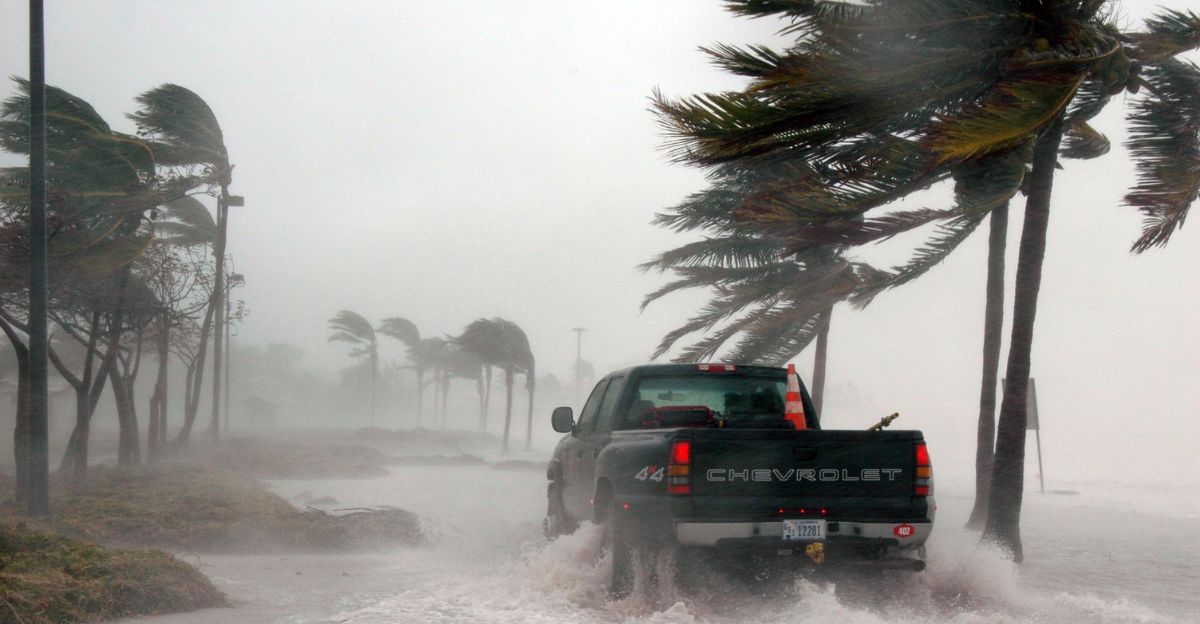
FEMA’s current leaders don’t have backgrounds in disaster management. Many staff say they’re now managed by political appointees with little experience. “Introducing an additional layer harkens back to the pre-Katrina era,” warns one former leader. Wait times for aid are longer, and confusion grows.
While the Trump administration claims reforms make FEMA more responsive and less bureaucratic, many insiders warn that the loss of experienced leadership could lead to “the effective dissolution of FEMA itself and the abandonment of the American people, such an event would represent”.
Internal Tensions

Over 180 FEMA employees have signed the “Katrina Declaration,” worried that layoffs and misguided reforms hurt disaster readiness. Most whistleblowers remain anonymous due to fear of losing their jobs. Their open letter to Congress describes a “culture of fear and suppression” in which staff worry about backlash or even losing their jobs for speaking out.
One major complaint is that top positions are now filled by individuals “lacking legal qualifications, Senate approval, and the demonstrated background required of a FEMA Administrator,” a move which many say undermines the agency’s mission.
Ownership Shifts
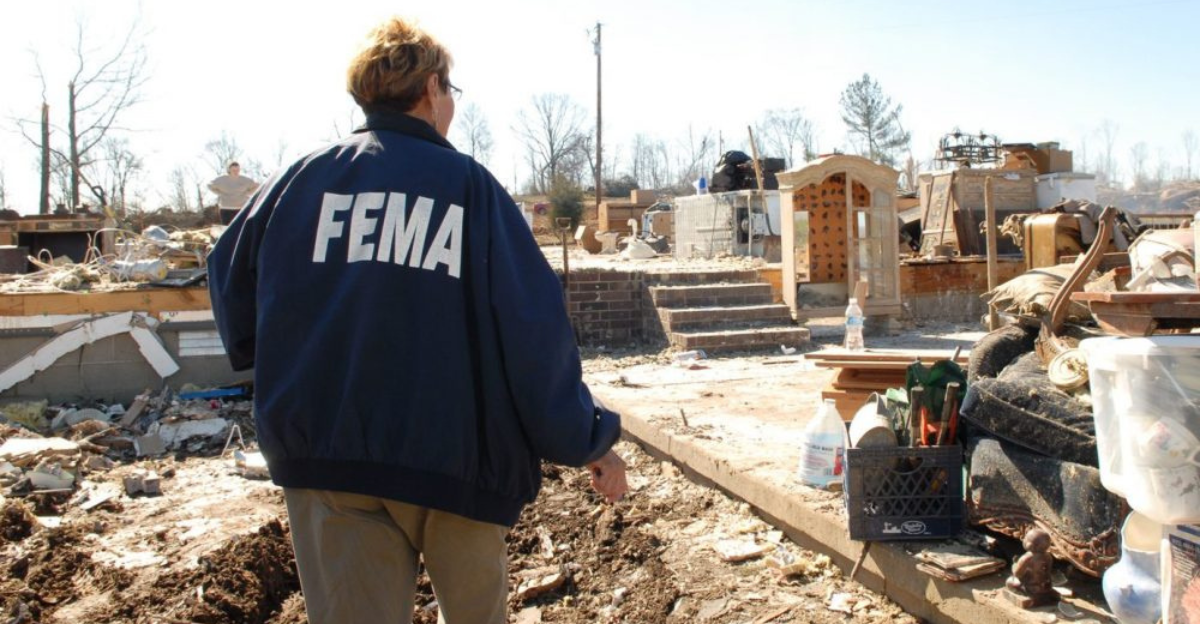
Congress and FEMA clash over money and priorities. Critics claim some states favored by the administration get more help. Lawmakers from both parties have introduced the FEMA Act of 2025, which aims to make FEMA an independent, cabinet-level agency with direct oversight from the President, restoring its pre-Department of Homeland Security status.
One major change in ownership is that states would now set the pace for rebuilding, manage grants directly, and receive incentives to invest in their own disaster preparation and insurance. The bill promises to end “political discrimination in providing disaster recovery assistance,” demanding more transparency.
Congressional Response

Congress is actively working to overhaul FEMA through a bipartisan effort, responding to widespread concerns that the agency’s disaster aid has become too slow and complicated for those in need. The flagship proposal, the Fixing Emergency Management for Americans (FEMA) Act of 2025 (H.R. 4669), promises the most significant reforms to federal disaster assistance programs in decades.
Staff Suspensions

Dozens of FEMA employees have faced suspension or administrative leave after criticizing the Trump administration’s reforms, with many choosing to remain anonymous out of fear for their careers. As one acting leader bluntly told staff, “don’t get in my way,” signaling a tough environment for those who speak out against the administration’s agenda.
The suspensions and staff losses have drawn national attention, with advocates warning that gutting FEMA could lead to repeats of past disaster mismanagement and jeopardize the safety of communities nationwide.
Uncertain Path Forward

President Trump claims his changes make aid faster. Administration data shows response times have improved in some cases. “FEMA is now 126% faster than it was under the Biden administration,” claims a Department of Homeland Security report. In some cases, disaster relief has reached survivors within days, and local leaders, like Texas’s Nim Kidd, called recent efforts “the fastest and most effective federal support Texas has ever received”.
However, many FEMA employees and disaster experts warn that staff cuts, inexperienced leadership, and abrupt changes risk weakening America’s ability to cope with increasingly frequent and severe disasters.
Emerging Investigations
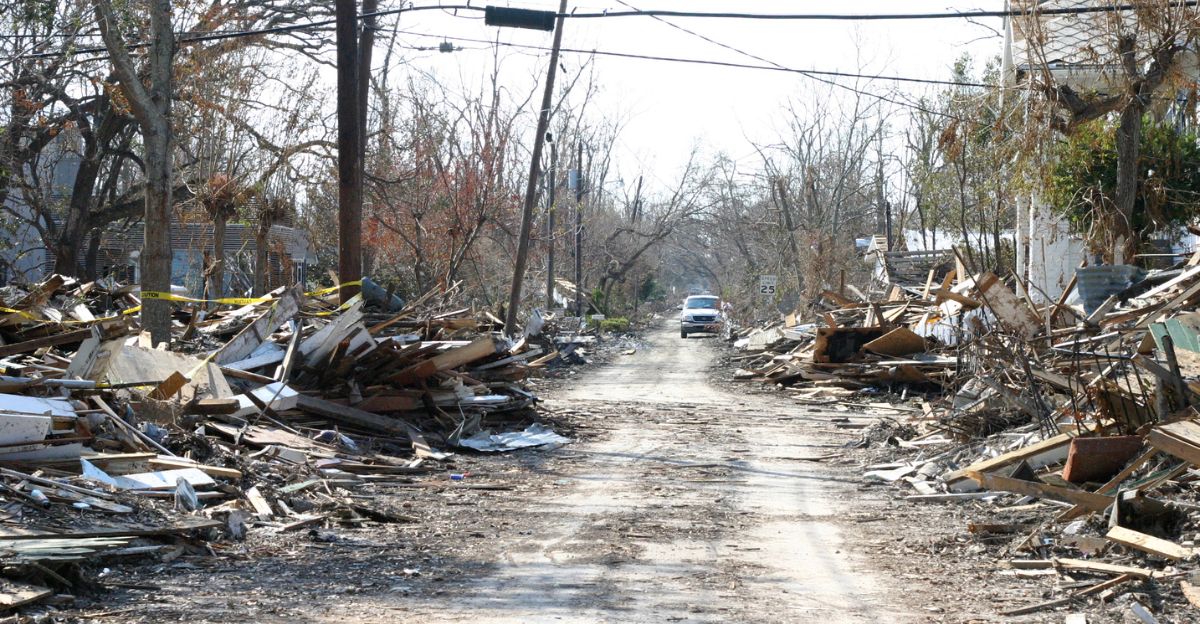
Congress is investigating FEMA’s new budget rules, asking if cost controls slowed aid during floods. Senators want answers about delays that may have left victims waiting too long for help. The hearings and media coverage keep FEMA’s actions in the spotlight.
Debate and hearings continue in Washington, as members of Congress scrutinize FEMA’s slow response to recent disasters and push for meaningful, lasting change to rebuild trust with communities nationwide.
Sector-wide Ripples
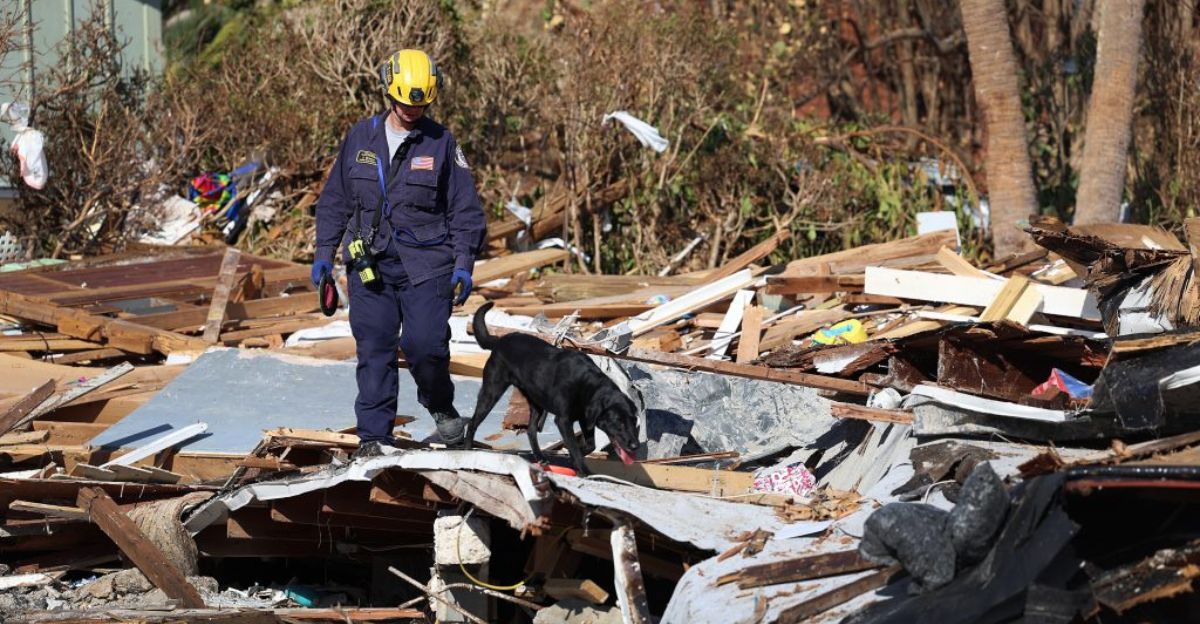
FEMA’s challenges affect other industries, like insurance and construction. Slow disaster aid makes rebuilding harder and raises risks for insurers. Local governments now handle recovery with less help, changing how the markets react for years.
Insurance costs are rapidly rising as companies face bigger risks and fewer resources for disaster mitigation. According to S&P Global, “Cuts being made to the Federal Emergency Management Agency’s funding will ultimately increase property insurance costs”.
Reactions & Misinformation
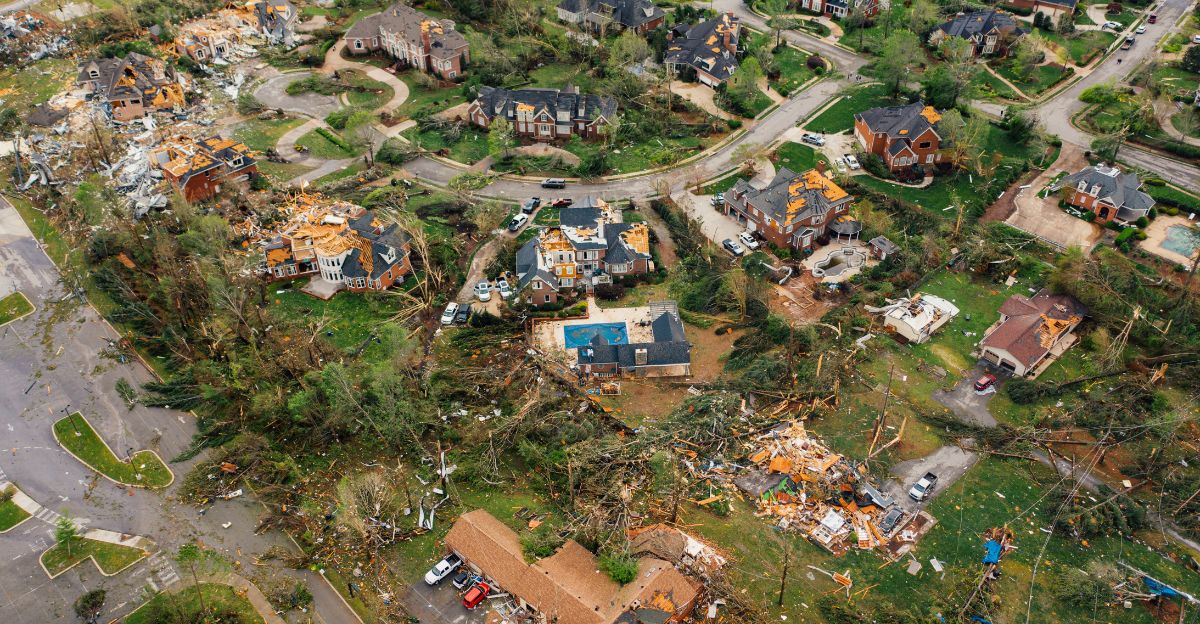
Public reaction to recent FEMA reforms and disaster relief efforts is sharply divided, shaped by a wave of misinformation that spreads rapidly online and in political speeches. Despite this confusion, surveys show strong support for FEMA’s traditional disaster aid role. According to a USA TODAY poll, 86% of Americans say the agency’s services are essential.
However, false claims, conspiracy theories, and rumors surround nearly every FEMA operation. Many of these rumors have been thoroughly debunked by agency officials. FEMA administrator Deanne Criswell warned, “It is absolutely the worst I have ever seen. It’s creating distrust in the federal government.”
Lessons from Past Failures

Emergency managers say Katrina proves how dangerous it is to ignore experienced leadership and cut federal disaster aid. “History shows that ignoring seasoned leadership can increase death tolls and economic fallout,” experts say, urging today’s leaders to remember past lessons.
The Path Forward

Experts warn that removing or downsizing FEMA would leave critical gaps in essential services and funding, as states often lack the resources to handle catastrophic events alone. Michael Coen, former FEMA chief of staff, cautioned: “Currently, while disaster response is largely managed at the local and state levels, FEMA plays a vital role in coordinating resources from federal agencies, offering direct assistance to households, and allocating funds to states for the restoration of public infrastructure.”
Congress, meanwhile, is pushing back. The bipartisan FEMA Act of 2025 proposes making FEMA a Cabinet-level agency, giving it independence from the Department of Homeland Security and streamlining aid. Chairman Sam Graves underscored the urgency, saying, “The American people need an emergency management system that works quickly and effectively, not one that makes disaster recovery more difficult”.